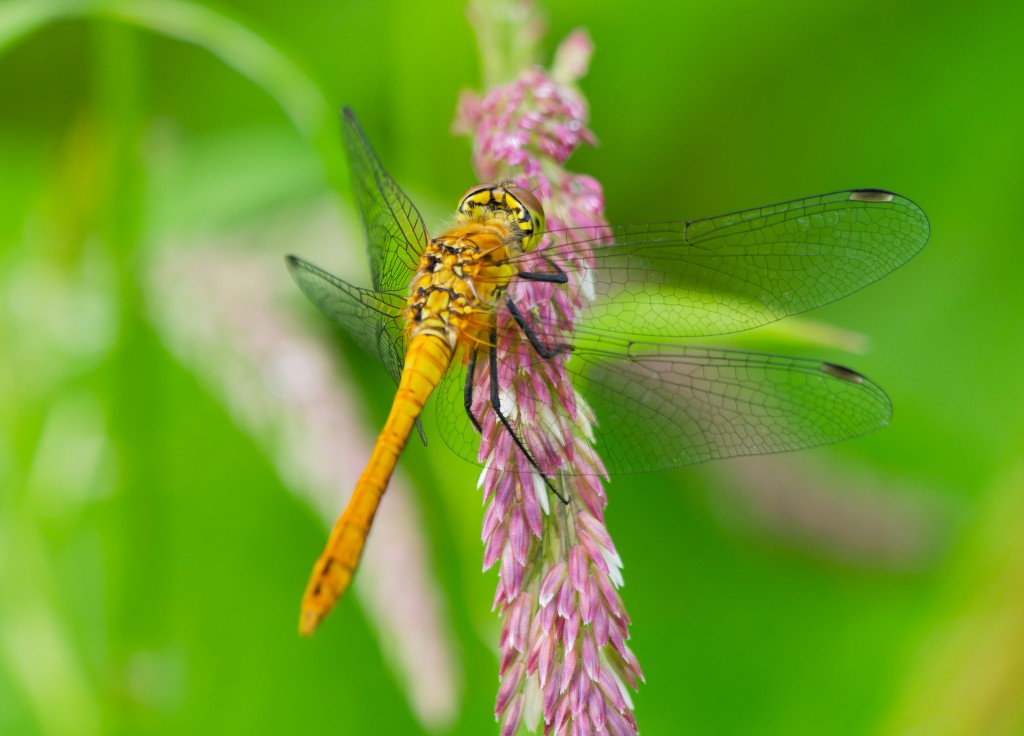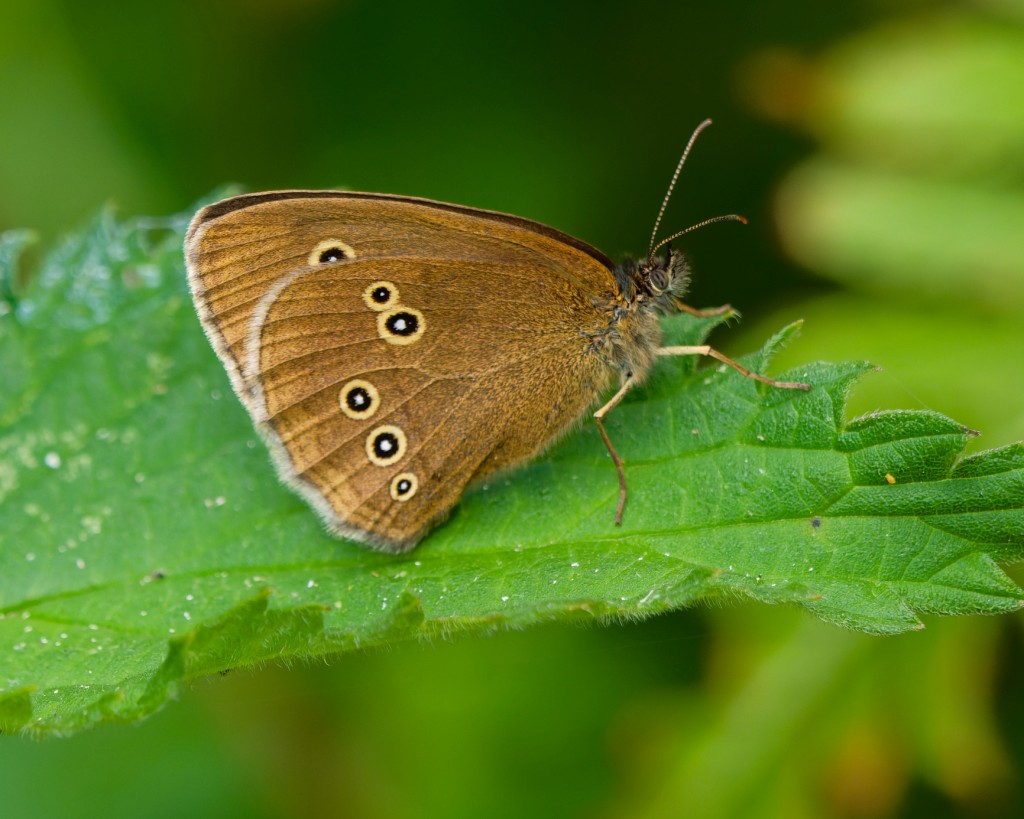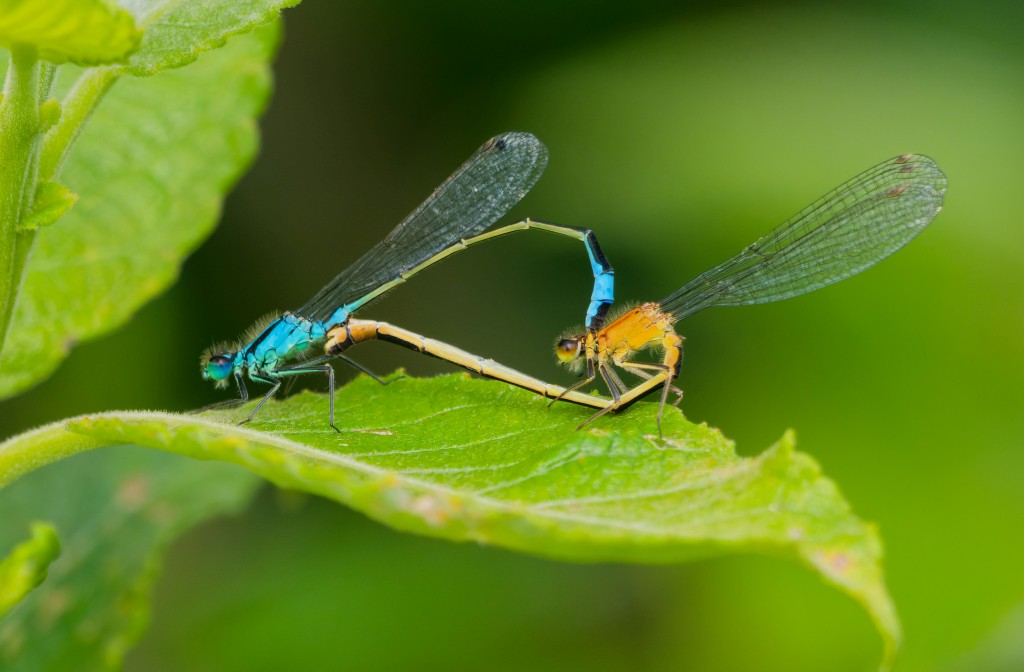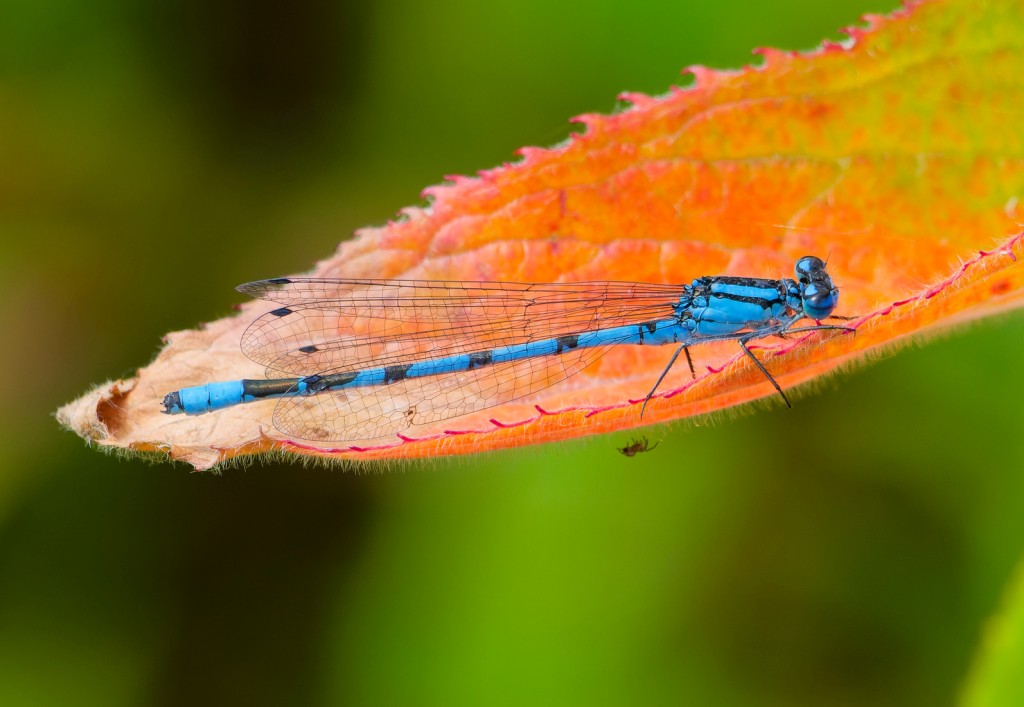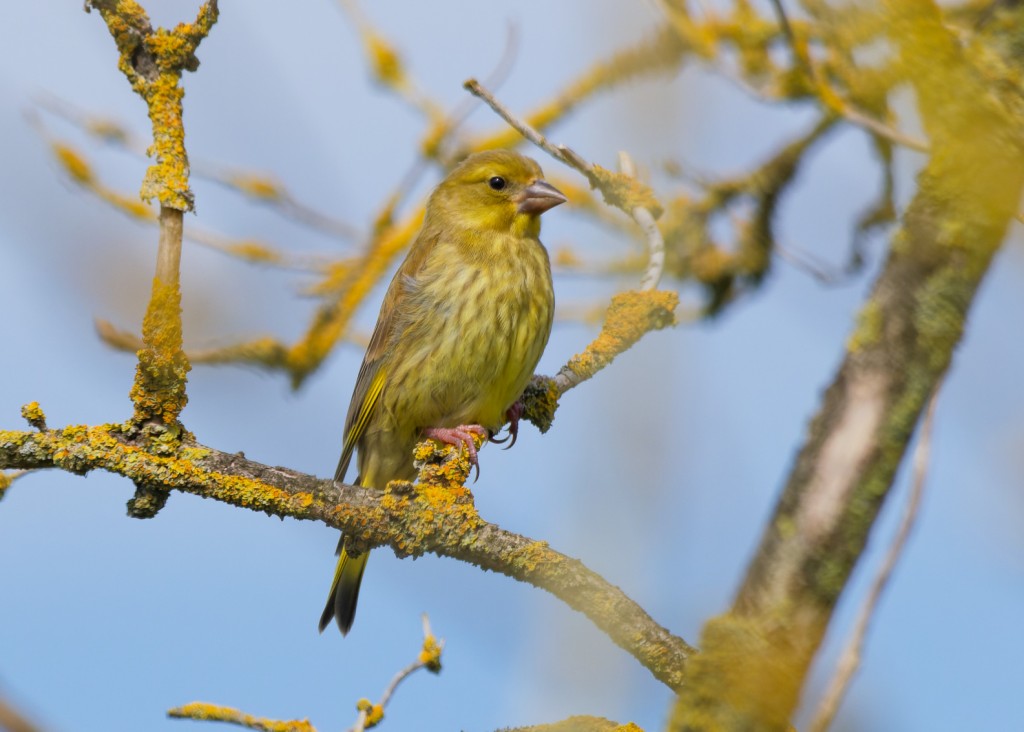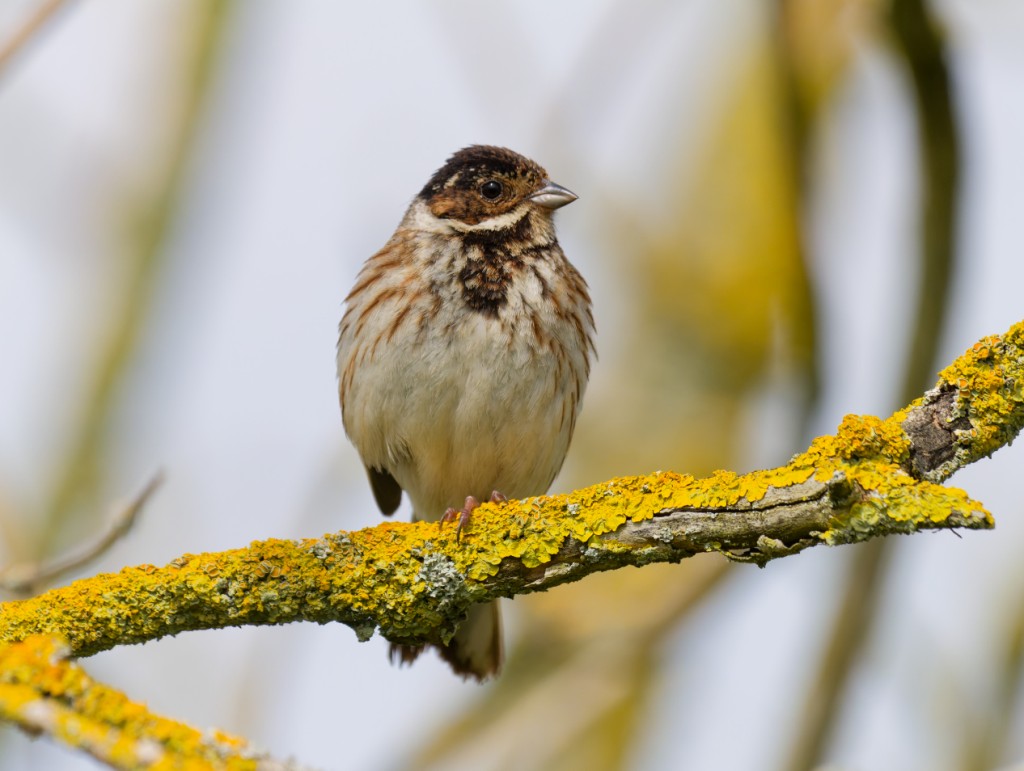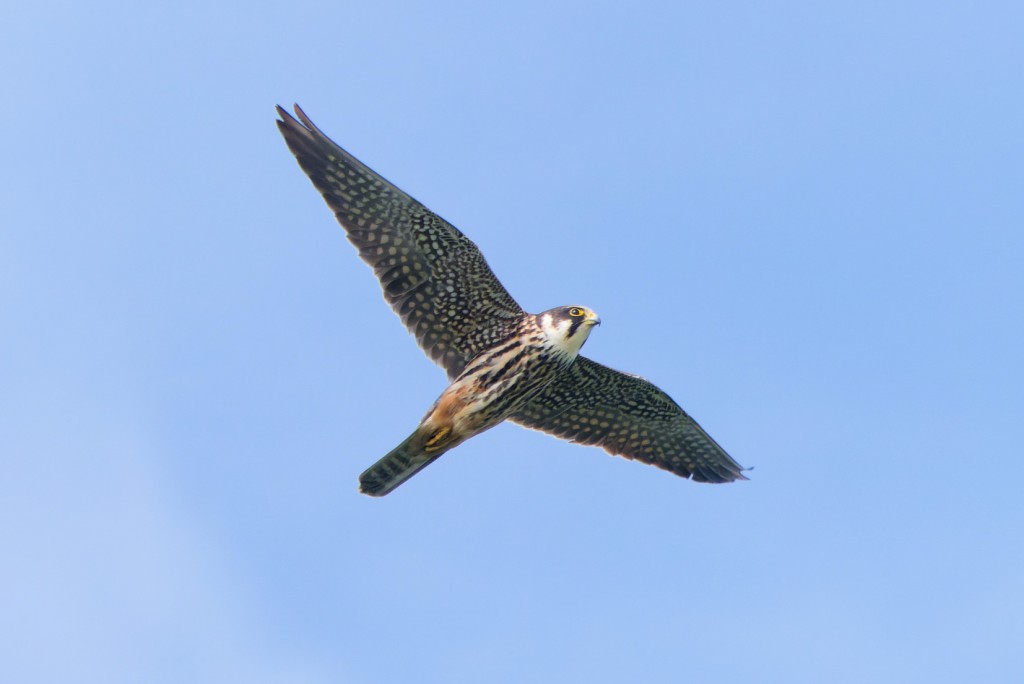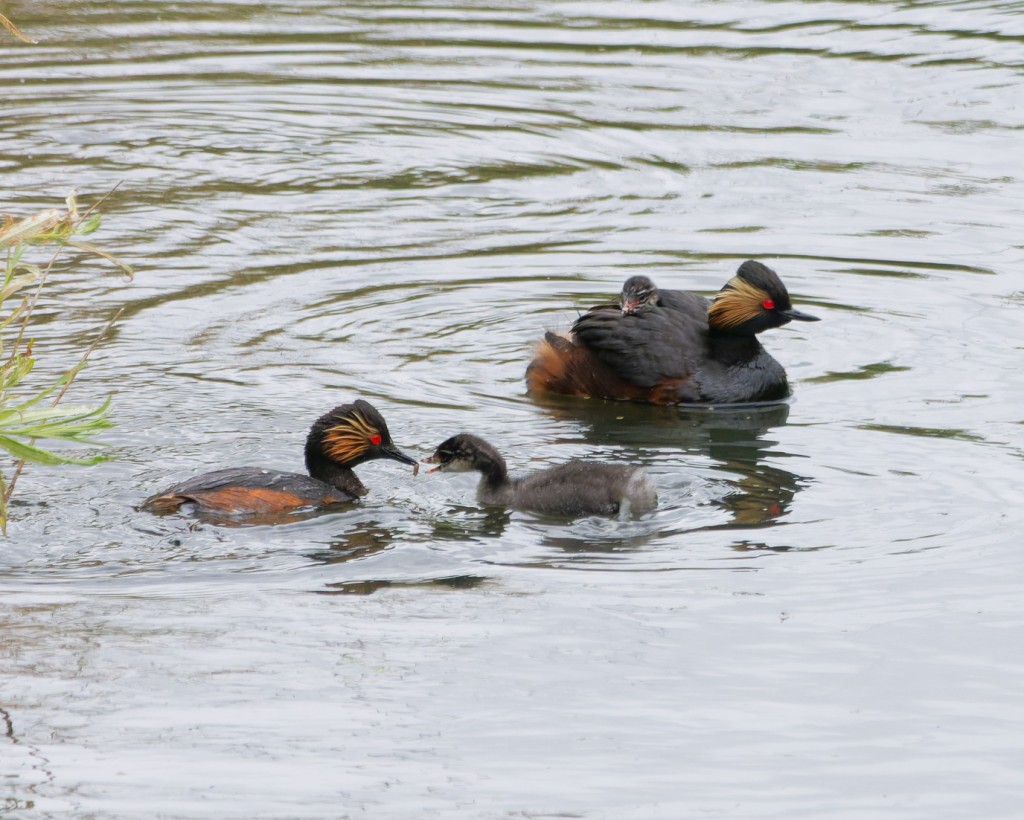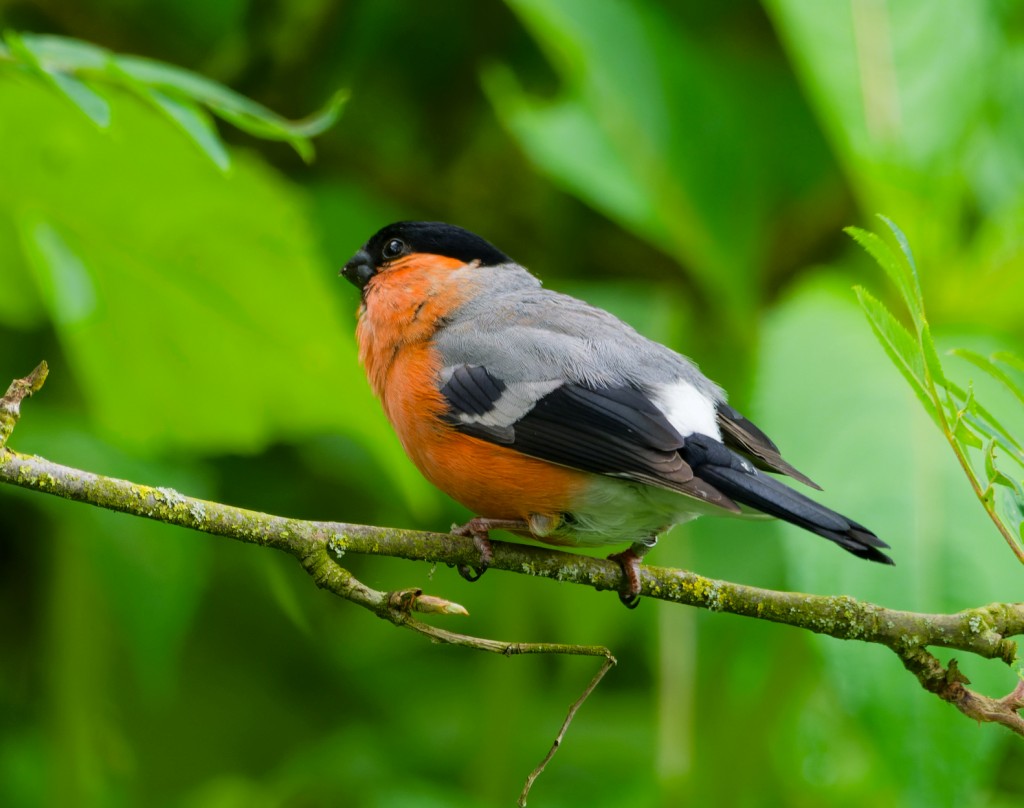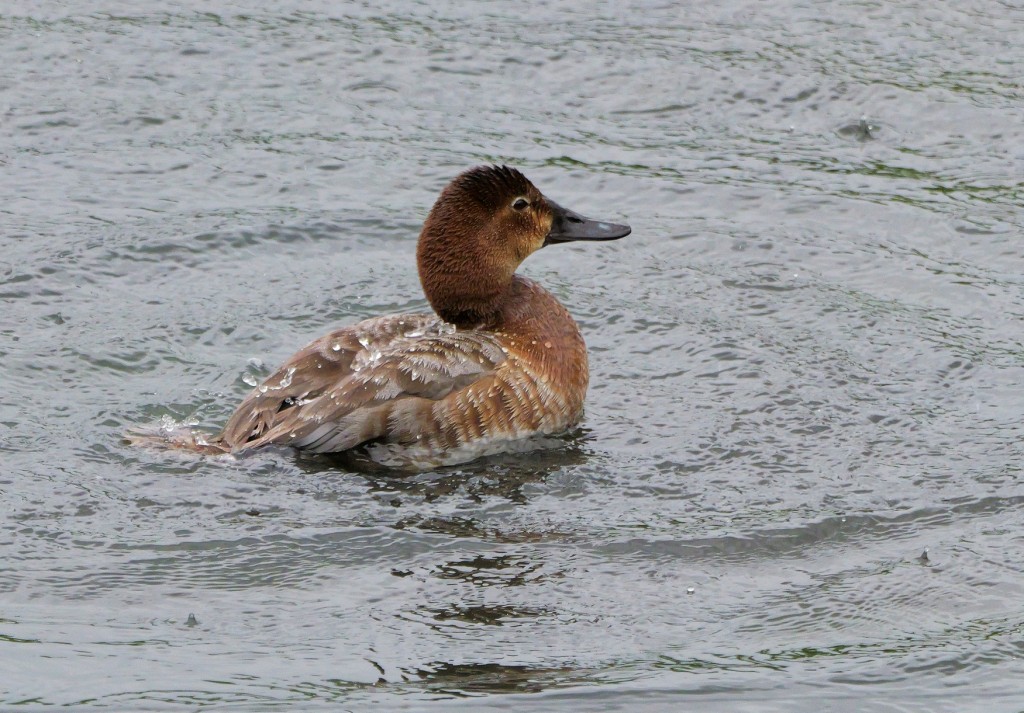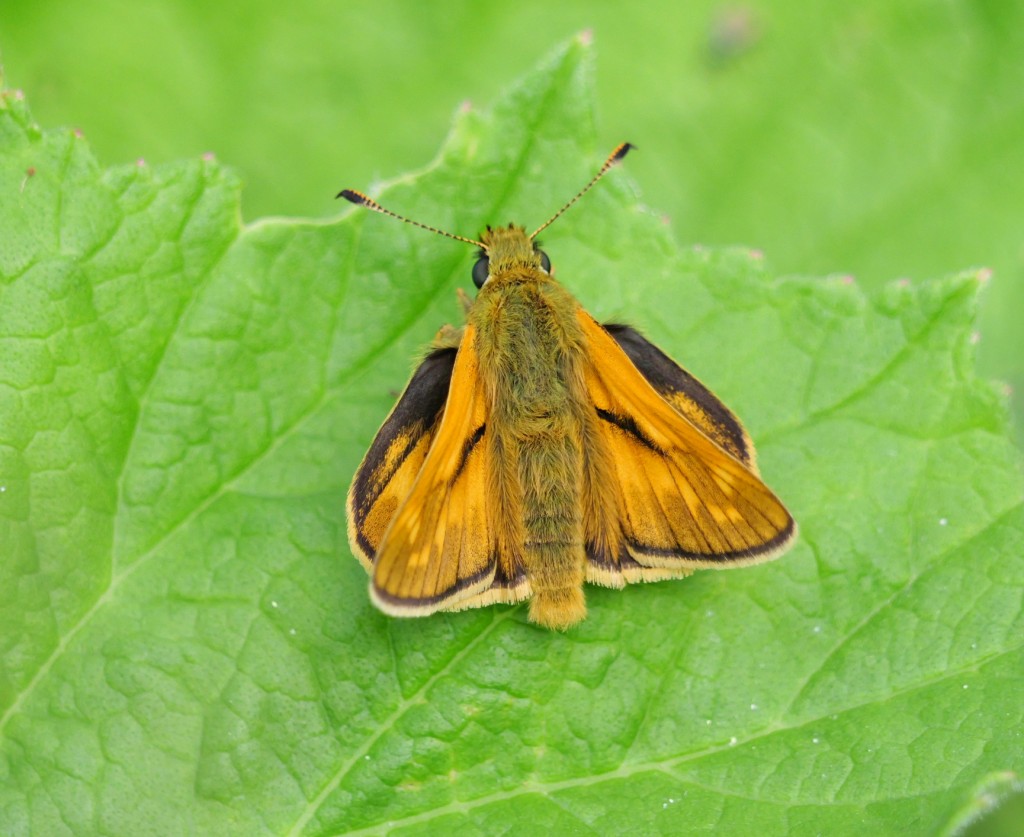Woolston Eyes Monthly Sightings
2024-06-29
It was cloudy with light drizzle for most of the morning, though the sun finally started to break through as we were leaving in early afternoon. Our initial efforts were spent on No.3 bed, trying to get to grips with our breeding Black-necked Grebes. We eventually found a ninth brood, of three young, which was pleasing, along with a 14th brood of Pochard. The only sign of early return migration came when two Common Terns flew through. We then moved on to No.4 bed where we located five more adult Black-necked Grebes but didn’t see the pair with two young from a few days ago. This brought our total to 15 adults and 14 young grebes, though I’m sure we will have missed some. A further brood of three Pochard was then the 15th of the year, a fairly average total for us. Coot numbers remain high, with 280 adults counted and broods scattered all over the two cells. With the water levels starting to drop and reveal some nice muddy areas, it bodes well for return wader passage and it was no surprise to find two early Green Sandpipers taking advantage of the good feeding. As we were walking off the bed butterflies started to appear, and we noted 5 Ringlets and 4 Meadow Browns. Photo of a juvenile Grey Heron Cheers David Bowman (with Dan Owen, Helen Wynn, Brian Baird and Brian Martin)
Submitted by: David Bowman
2024-06-27
This week’s hot weather produced some nice surprises from our breeding birds as well as the first glimpses of return passage. On Tuesday five Common Terns flew west through No.3 bed and we were pleasantly surprised to see the emergence of further broods of Black-necked Grebe and Pochard, which now stand at eight and thirteen respectively. Although most of the common butterfly species are anything but at the moment, our recently colonising Ringlets seem to be thriving, with 30 counted across the whole Reserve. Wednesday morning saw saw a male Pied Flycatcher and Red Kite reported from No.1 bed, while an early returning Common Sandpiper was on No.3 bed later that day. Photo of a Common Darter Cheers David Bowman
Submitted by: David Bowman
2024-06-25
No.3 bed - 5 Common Tern, Southern hawker dragonfly, new Black-necked Grebe brood
No.4 bed - 14 Ringlet butterflies, brood of Black-necked Grebe, new Pochard broods
Submitted by: John Blundell re info David Bowman & Brian Martin
2024-06-22
It was another beautiful morning, which is as it should be, sandwiched as we are between the summer solstice and midsummer’s day. We started early on No.3 bed and managed to find another two broods of Black-necked Grebes, bringing the total to six, with at least 15 young. As the morning warmed, we headed off for a quick visit to No.2 bed before conducting a dragonfly survey on No.1 bed. Walking off No.3 produced a nice Ringlet and six Black-tailed Skimmers, while No.2 bed delivered a Large Skipper, 15 Black-tailed Skimmers, 8 Common Darters and around 20 Large Blue Damselflies. The survey of No.1 bed was hampered by our difficulty in accessing a lot of the pools, due to the paths being heavily overgrown with brambles. Undeterred, we headed for the Elevated Pools where a nice cooling breeze was welcome in the heat of the day, though it did mean that only small numbers of dragonflies were on the wing. Totals from the bed included: 1 male Banded Demoiselle, 3 Emerald Damselflies, 3 Emperors (including one freshly emerging), 10 Common Darters, 25 Black-tailed Skimmers and hundreds of “blue” damselflies. Birds included Marsh Harrier, Oystercatcher and a flock of 27 Stock Doves. The only butterflies seen, in what has been a disastrous season so far, were a flighty Small Skipper a male Common Blue and a couple of Large Whites. Photo of the Ringlet Cheers David Bowman (with Helen Wynn)
Submitted by: David Bowman
2024-06-20
Photo of a copulating pair of Blue-tailed Damselflies, the female is of the form rufescens-obsoleta
Cheers David
Submitted by: David Bowman
2024-06-20
Photo of an immature female Blue-tailed Damselfly of the form rufescens
Submitted by: David Bowman
2024-06-20
After a cool couple of mornings earlier in the week, it was good to be out in genuinely warm weather this morning. Early on, I checked on progress with our breeding water-birds on No.3 bed, where a fourth brood of Black-necked Grebes and another brood of 9 Tufted Ducks were good finds. So, that’s now at least 10, possibly 11 young Black-necked Grebes raised so far, in a summer which looked like being a total disaster at one point. Then I moved over to No.4 bed to complete a dragonfly survey on the easternmost cell, with counts of: 3 Emperors, 8 4-Spotted Chasers, 3 Broad-bodied Chasers, 83 Black-tailed Skimmers, 22 Common Darters, 100s of Blue-tailed Damselflies and a handful each of Common Blue and Azure Damselflies. Inevitably, with so many dragonflies around two Hobbies turned up and gave excellent views, hawking around the viewing platform for the remainder of the morning. It was also pleasing to see at least 55 fledged young Black-headed Gulls around the edge of the breeding islands on the west cell, while 200 Coot on No.4 bed and 550 Gadwall between the two beds were also notable. Photo of a Hobby Cheers David Bowman
Submitted by: David Bowman
2024-06-15
Despite my previous optimism, that settled spell of weather for the wildlife at Woolston Eyes never seems to arrive. It was cool again today, which prevented our planned dragonfly survey from producing much. We did, though, find our first Ruddy Darter of the season, plus a small number of Common Darters and Azure Damselflies. There was a little bit of movement, with two Common Terns and two Curlews flying through but the highlights came from our breeding birds on No.3 bed, with three broods of Black-necked Grebes feeding 8, possible 9 young. Interestingly, the first brood to emerge has two tiny young riding on one of the adult’s back, plus a well-grown youngster which almost looks like it’s come from another brood. I wonder if the cold conditions forced the parents to focus on feeding one chick and risk sacrificing the other two, which is a strategy regularly adopted by Moorhens and Coots if conditions are poor? Pochard broods are also starting to appear, with nine to date and we also found our first Tufted Duck brood of the season. Also noteworthy were the two Grasshopper Warblers which are in song again, indicating that they may well be trying to raise second broods. Photo of Black-necked Grebes feeding young in front of the Morgan Hide Cheers David Bowman (with Dan Owen, Helen Wynn and Brian Baird)
Submitted by: David Bowman
2024-06-13
With the weather showing some improvement, this week has seen the breeding season moving on apace. Saturday saw Marsh Harriers ringed in the nest for the third consecutive year, with three well-grown young ringed. On Tuesday we hosted the wardening team from the Dunham Massey Estate, sharing our experiences of habitat management and seeing Lapwings, Great Crested Grebes and Mute Swans with young. Then our first brood of Black-necked Grebe appeared yesterday, with the adults feeding three small young right in front of the Morgan Hide. Pochard broods, too, are starting to appear, with four on No.3 bed and five on No.4 bed this morning - still a good way to go to get anywhere near last year’s remarkable total of 37. With at least three Hobbies putting in daily appearances on No.4 bed, taking advantage of the feeding Swifts and countless dragonflies, it wouldn’t be surprising to find them breeding on the Reserve, though we’ve never yet managed to locate a breeding pair. Photo of a male Bullfinch Cheers David Bowman
Submitted by: David Bowman
2024-06-11
No3. bed - Black-necked Grebe pair with 3 very small young
10 Black-necked Grebe, Hobby, 3 broods of Pochard.
Submitted by: John Blundell re info David Bowman
2024-06-10
No.3 bed - Hobby hunting
Early Ringlet butterfly on Canal track
Submitted by: John Blundell re info Keith, Dave Hackett
2024-06-07
It’s the time of year to be looking for broods, with three of Pochard and four of Gadwall located, on No.3 bed yesterday, though it looks like most of our Black-necked Grebes have failed to nest this year. for reasons we can only guess at. When the weather has been warm enough the numbers of dragonflies on the No.4 bed wetland have been astonishing, with counts in the hundreds for the larger species, while the various damselflies have been present in numbers beyond counting. In addition, there have been large hatches of flying insects over the wetland, which have attracted substantial gatherings of feeding Swifts and hirundines. Inevitably, these have attracted the attention of up to three Hobbies, which have given some very close views from the viewing platform. Otherwise, a passing Red Kite on Tuesday and a drake Garganey on several days were of note. Photo of a female Pochard Cheers David Bowman
Submitted by: David Bowman
2024-06-06
No.3 bed - 2 Mediterranean Gull, Garganey, 3 Oystercatcher, 4 Black-necked Grebe, Grasshopper Warbler
No.4 bed - Hobby, Marsh harrier, Kestrel
Good numbers of Swift, Swallow and Martins across both above beds
Submitted by: John Blundell re info David Bowman, Dermot Smith
2024-06-04
No.3 bed - Red Kite soaring north
Submitted by: John Blundell re info David Bowman
2024-06-01
Still being in recovery from fracturing a couple of ribs meant a truncated visit this morning. An adult Mediterranean Gull, four Black-necked Grebes, a Marsh Harrier, a singing Grasshopper Warbler, Mute Swans with five cygnets and 50 Swifts were the highlights on No.3 bed. Then, as the day warmed, we did a brief dragonfly survey of the bed. One Emperor, a few 4-spotted and Broad-bodied Chasers and scores of Azure Damselflies were noted, along with our first Large Skipper butterfly of the year. Photo of a male Large Skipper Cheers David Bowman (with Helen Wynn and Brian Baird).
Submitted by: David Bowman


